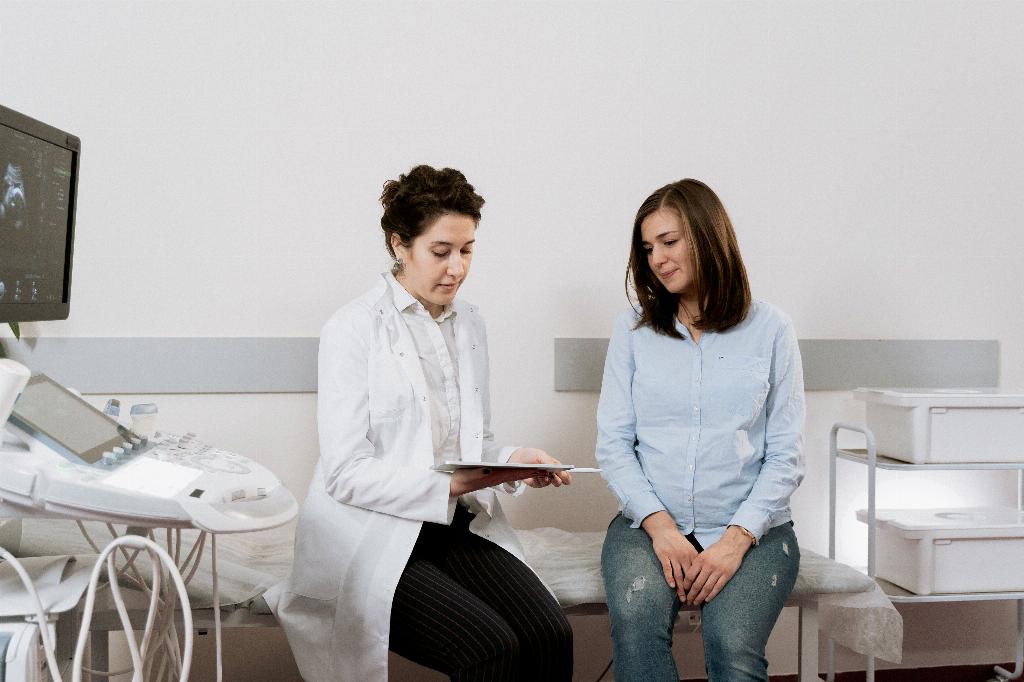Many expectant mothers may wonder about the safety of flying during pregnancy. It is essential to understand that there are risks associated with flying while pregnant, especially as the body undergoes various changes during this critical time.
Increased Risk of Developing DVT
One significant risk of flying during pregnancy is the increased likelihood of developing deep vein thrombosis (DVT). This condition occurs when blood clots form in the deep veins of the legs due to prolonged periods of immobility, such as sitting for extended periods on a plane.
Factors Contributing to DVT Risk
The risk of developing DVT while flying is influenced by several factors, including the length of the flight. Longer flights typically pose a higher risk due to the extended period of sitting. Additionally, individuals with a history of DVT or those who are overweight may be at an increased risk of developing blood clots during flights.
Impact of Hormonal Changes
Pregnancy brings about significant hormonal changes in the body, which can affect blood circulation and increase the likelihood of developing blood clots. These hormonal shifts, combined with prolonged immobility while flying, can further contribute to the risk of DVT in pregnant women.
Compression of Blood Vessels
As the uterus expands during pregnancy, it can exert pressure on the blood vessels in the pelvis and lower body. This compression can hinder the return of blood from the lower extremities, potentially leading to swelling, discomfort, and an increased risk of circulatory issues while flying.
Dehydration and Immobility
Dehydration is a common concern during air travel, as the air in cabins tends to be dry. Pregnant women are advised to stay hydrated to prevent complications such as urinary tract infections and promote healthy circulation. Additionally, remaining immobile for prolonged periods can further impede blood flow and increase the risk of DVT.
Increased Risk of Thromboembolism
Thromboembolism refers to the formation of blood clots that can travel through the bloodstream and potentially block important blood vessels. Flying during pregnancy can elevate the risk of thromboembolism due to a combination of factors, including hormonal changes, immobility, and dehydration.
Preventive Measures
Despite the risks associated with flying in pregnancy, there are several preventive measures that expectant mothers can take to reduce the likelihood of developing complications such as DVT. Simple actions like staying hydrated, moving around periodically during the flight, and wearing compression stockings can help promote healthy circulation.
Consultation with Healthcare Provider
Before embarking on a flight during pregnancy, it is advisable for women to consult their healthcare provider. Healthcare professionals can offer personalized advice based on the individual’s health status, gestational age, and any pre-existing conditions that may impact the safety of air travel.
Consideration of Alternative Modes of Transportation
In some cases, pregnant women may opt to avoid flying altogether and choose alternative modes of transportation, such as car travel or train journeys. These options allow for greater flexibility and the ability to move around more freely, reducing the risk of developing DVT or other complications associated with prolonged sitting.
Awareness of Symptoms
It is essential for pregnant women to be aware of the potential symptoms of DVT, such as leg pain, swelling, redness, or warmth. If any concerning signs arise during or after a flight, immediate medical attention should be sought to rule out the presence of blood clots and prevent more severe complications.
Overall Considerations
While flying during pregnancy carries certain risks, being informed and proactive can help minimize these risks and ensure a safer travel experience. By understanding the factors contributing to the increased risk of DVT and taking appropriate precautions, expectant mothers can make informed decisions regarding air travel during pregnancy.
Conclusion
In conclusion, flying in pregnancy poses risks such as an increased likelihood of developing DVT due to factors like hormonal changes, immobility, dehydration, and compression of blood vessels. It is crucial for pregnant women to be aware of these risks, take preventive measures, and consult their healthcare provider before flying to ensure a safe and comfortable travel experience.

